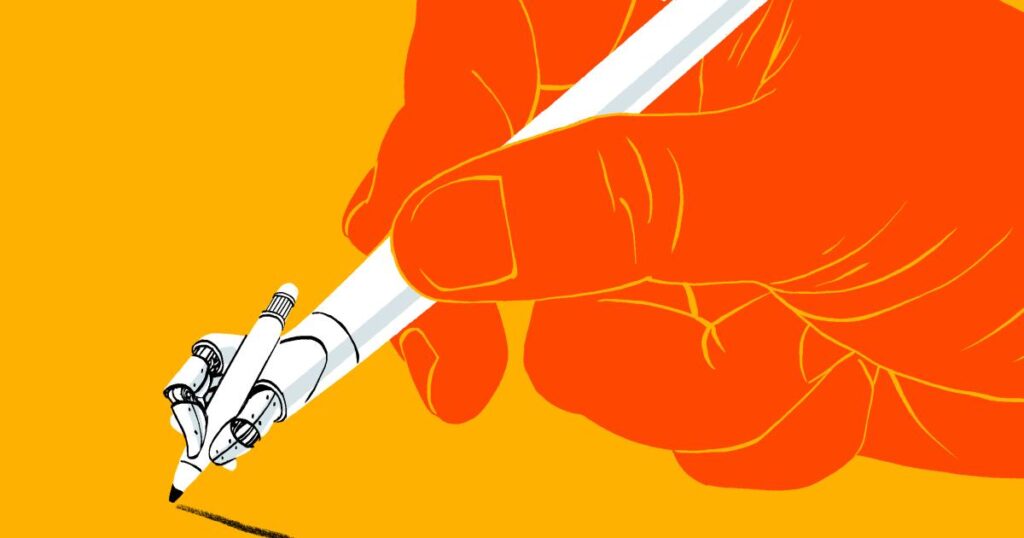
UPDATE: Teachers across the United States are facing an urgent crisis as new reports reveal a sharp rise in cheating linked to artificial intelligence (AI) usage in schools. Just today, educators are scrambling to redefine cheating in a landscape transformed by AI tools like ChatGPT, which have become increasingly integrated into student work.
Valencia High School English teacher Casey Cuny states, “The cheating is off the charts. It’s the worst I’ve seen in my entire career.” With 3 in 4 students admitting to cheating behaviors in the past month, the education system is at a critical juncture. Many schools, initially banning AI to combat academic dishonesty, are now re-evaluating their strategies.
In a groundbreaking study by Stanford University, researchers led by Denise Pope found that the prevalence of cheating has not increased since the arrival of AI; rather, the methods have evolved. Students are now using AI to write essays and summarize texts they may not even read. “This year’s data shows a decline in copying off a peer and a rise in AI usage instead,” said Stanford’s Victor Lee.
As of the 2023-2024 academic year, almost 26% of 13- to 17-year-olds report using AI, a doubling from the previous year. This surge raises critical questions about educational integrity and student learning. Schools across the nation are now focusing on “AI literacy” to equip students with the skills to navigate these technologies ethically.
The shift from outright bans to structured AI usage is exemplified by the New York City school system, which reversed a ban on ChatGPT within months. Instead of prohibiting AI tools, schools are now emphasizing responsible use, providing educators with strategies to incorporate AI into their teaching methods.
Amid these changes, urgent discussions are taking place about how to structure assessments to minimize cheating. Some educators are moving towards timed in-class essays and oral presentations, while others are exploring the effectiveness of long-term projects and portfolios to gauge student learning.
However, challenges remain. Many students struggle with high-stakes tests, and the rapid advancement of technology means that smart devices continue to complicate efforts to prevent cheating. Michael Hernandez, an L.A.-area teacher, urges educators to reconnect with the purpose of learning, emphasizing that educational assessments should inspire curiosity rather than stifle it.
Moving forward, experts suggest that addressing the underlying reasons students cheat—such as academic pressure and workload—can lead to a reduction in dishonest behaviors. Pope highlights that by cultivating a supportive learning environment, educators can help students see the value in genuine academic engagement.
As schools adapt to these pressing challenges, the conversation around AI in education is evolving rapidly, making it essential for educators, students, and parents to stay informed about the implications of these technologies.
With the stakes higher than ever, educators must strike a balance between leveraging AI for learning and ensuring academic integrity. As this story develops, stay tuned for more updates on the ongoing impact of AI in classrooms across the globe.






